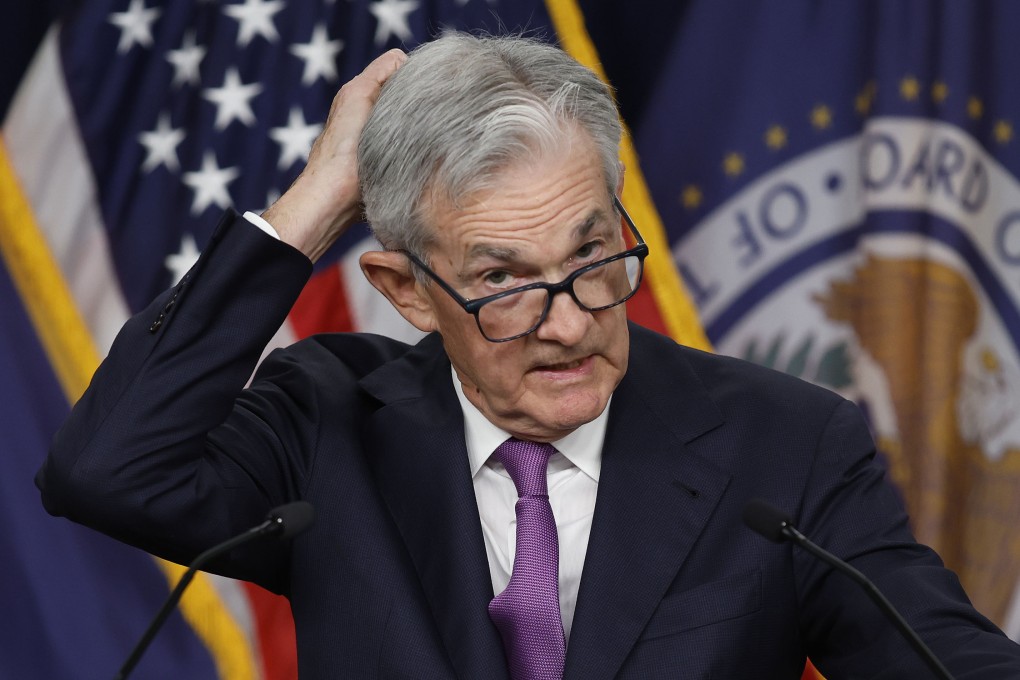Advertisement
Outside In | No recession in 2023 but it’s not yet time to breathe a sigh of relief
- 2023 ended without the technical recession economists expected, but their warning of stagflation and a potentially crippling debt crisis should not be easily dismissed
Reading Time:3 minutes
Why you can trust SCMP
2

This time last year, the consensus of the world’s leading economists and economic institutions was virtually for a deep recession, continuing into 2024.
Advertisement
By March, economist Nouriel Roubini was warning of “the mother of all debt crises”. “We’re moving from the great moderation to the great stagflationary debt crisis and instability,” he said. In April, the International Monetary Fund judged that “risks are firmly on the downside”.
What has happened since, that forecasters are now predicting a soft landing and perhaps no recession at all? How did the profession so comprehensively misjudge the prospects for the global economy?
First, it remains possible the gloom a year ago was well justified, and a recession still hangs over us. Fears have abated but not gone away. True, the alarming increase in inflation post-pandemic seems to now be under control (at about 3 per cent in the United States, from over 9 per cent in 2022). As a result, anxiety about soaring interest rates, and in particular crippling mortgage costs, has eased.
Second, whether a recession looms depends on where you live and how you define it. For many in Asia, where inflation did not become a systemic problem, the recessionary panic has very much been a US or European problem.
Advertisement
But for those whipsawed by volatile commodity prices and a crippling surge in debt repayment costs, recession has been a cruel reality for longer than the past year.

Advertisement
